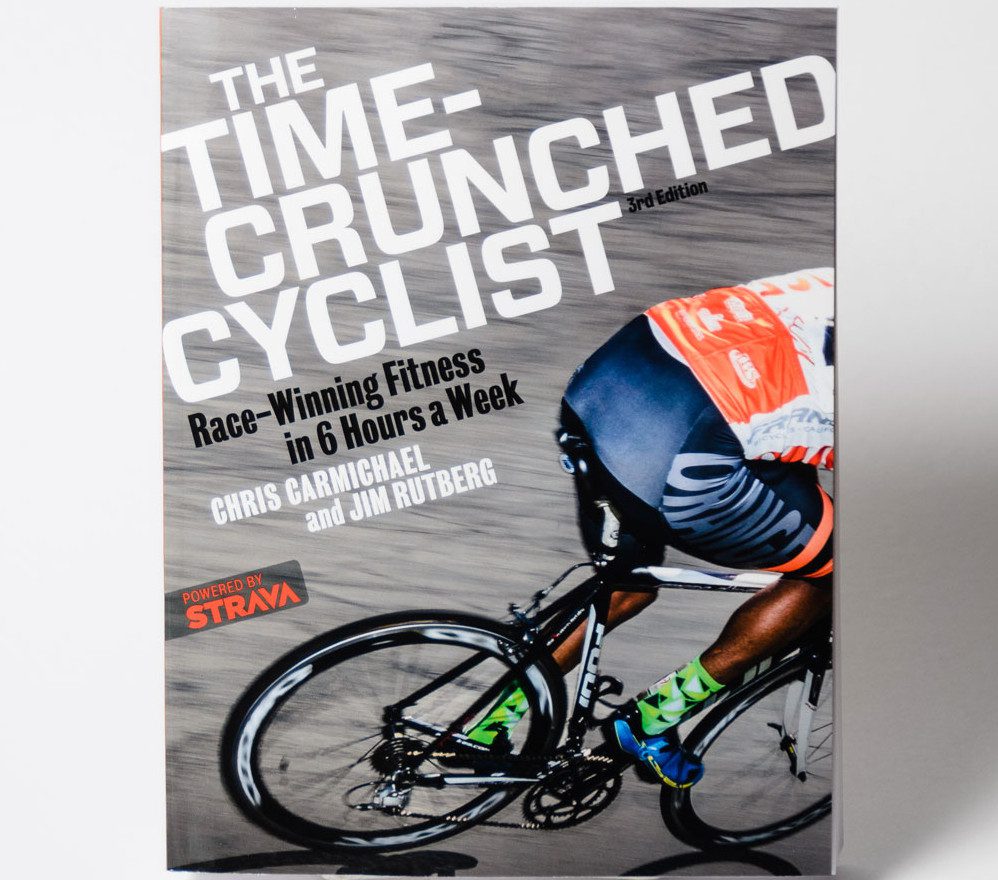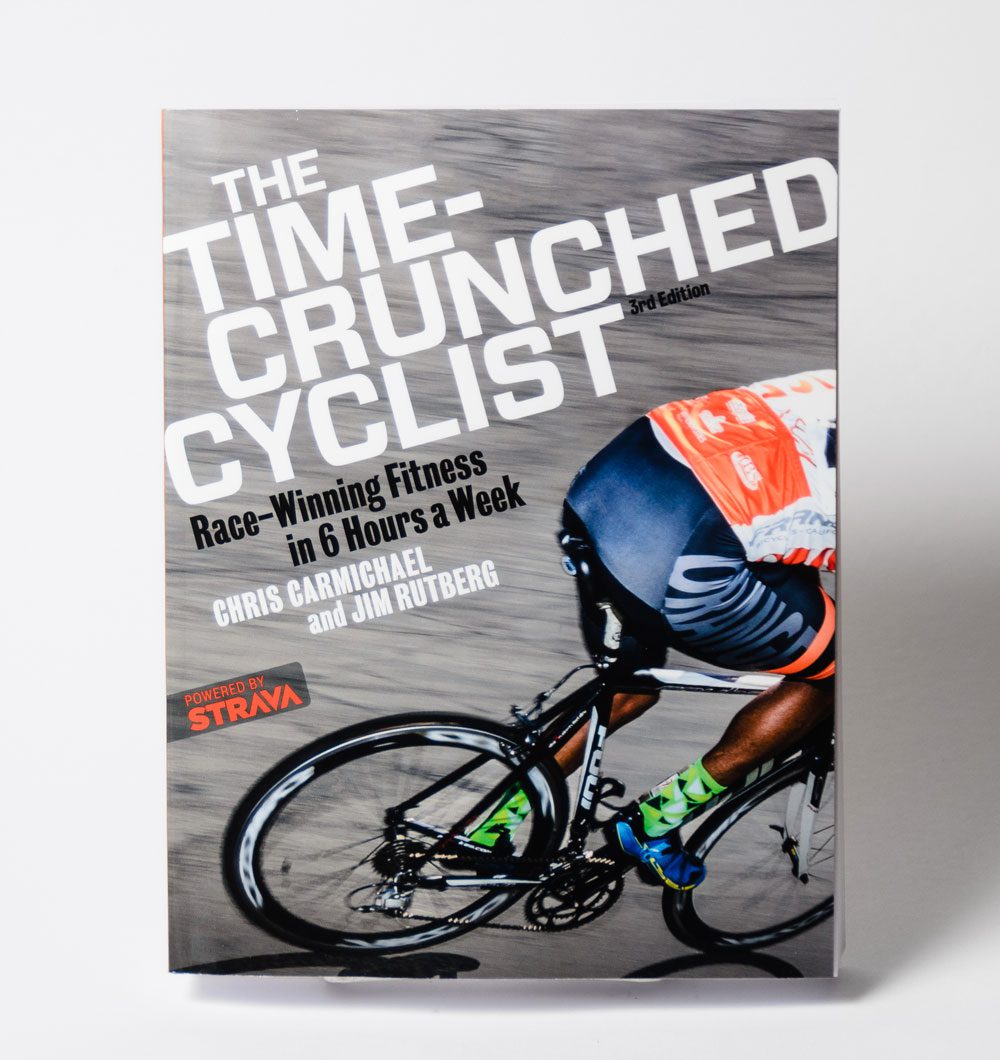The Time-Crunched Cyclist, 3rd edition reviewed
Over 200 pages longer than the first edition with new training plans for gravel rides and ultra-endurance mountain bike races

Written by Chris Carmichael and Jim Rutberg
Published by VeloPress
When The Time-Crunched Cyclist debuted in 2009, Chris Carmichael was on the cover along with a blurb from Lance Armstrong. The second edition came out in 2012 not long after USADA’s Reasoned Decision against Armstrong and the star rider’s collapse as a marketable figure. Carmichael’s brand soon suffered because of his Armstrong connections. With the latest edition of The Time-Crunched Cyclist, Carmichael’s name is still on the cover, while his picture is gone and his presence in the book’s pages is low-key.
While Carmichael may have receded, the book has grown. It has about 220 more pages than the first edition, which was 213 pages. Additions include recipes and new training plans for gravel rides and ultra-endurance mountain bike races. Of course, Jim Rutberg and Carmichael acknowledge the limits of their methods for big rides: you can only do so much for long events with little time. Building endurance simply takes time.
As with the previous editions of Time-Crunched , there are sections of the book that are mere promotion for the time-crunched methods. With the first edition, those hype sections were probably necessary. In 2009, a busy amateur cyclist likely needed a bit of convincing for Rutberg and Carmichael’s almost-too-good-to-be true proposition: roughly six hours a week of training throughout 12 weeks brings quality fitness for a nice peak. Today, I feel many riders understand how interval workouts can boost a body’s endurance systems. The hype for the time-crunched methods now seems unnecessary. We almost need more of a corrective in the other direction: yes, do short, hard workouts if you are strapped for time, but remember to get enough rest and recovery. Also, grab every chance you can get to ride long. (To be fair, the authors have always advocated doing endurance blocks when you can.)
Strava, that ubiquitous social media tool for athletes, has been brought into the time-crunched fold. Frankly, I was suspicious when I saw “powered by Strava” on the cover. Chasing KOMs for segments during a Zone 2 ride can be just as counterproductive as drilling it with the fast pack when you should be recovering. Still, if you are like many cyclists, Strava has a lot of your data. Rutberg and Carmichael do give you some good ideas for interpreting it. As with all their advice, you have to apply it properly to get the most out of it.

